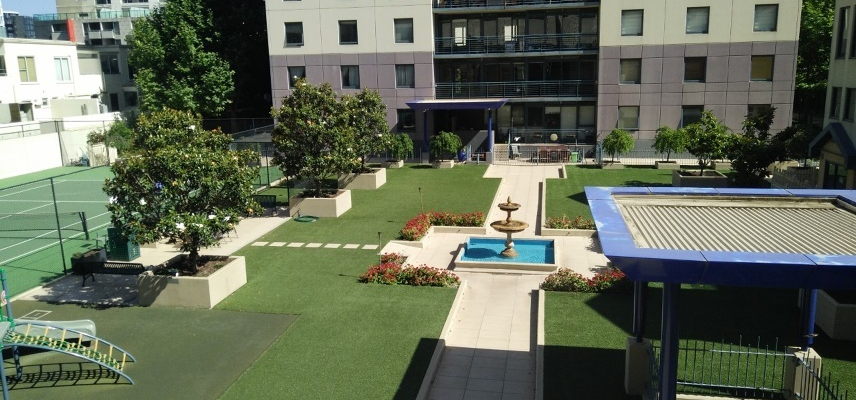City Know-hows

Amidst environmental struggles within concrete houses and the intricate challenges posed by city morphology, this study delves into a pivotal question: Is the gated communities a fourfold remedy to urban woes or macro variations of a four-walled house?
Share
Target audience
Policy makers, housing developers, environmental health researchers
The problem
Over the past two decades, we observed how the concept of gated cities is manifesting, and that Egypt is among those countries witnessing a shift from the Greater Cairo Region to a hub of gated communities/cities. This raised questions about whether these enclaves serve as antidotes to cities or macro embodiments of deprived houses. Considering recent neurohealth models reliant on residential greenness, sky views, social enrichment, and self-expression; we position the results of this paper to connect with a plethora of scattered critical issues not only in the literature but also in practice.
What we did and why
In response to this transformation, we conducted a cross-sectional survey, inviting participants to share demographic details and respond to eight binary questions. Our exploration focused on the experiences of the four variables during childhood, two decades ago when Cairo had low-height architecture and almost no gated cities, and the present, comparing those residing in gated communities to those in the evolving high-density Cairo. This method allowed us to capture nuanced shifts in urban living over time.
Our study’s contribution
Our study sheds light on the evolving dynamics of the Greater Cairo Region, adding depth to the understanding of whether gated communities act as true remedies or reflections of concrete houses. By incorporating a model based on critical factors for mental health, we offer insights into the nuanced dimensions of well-being in the context of urban development. This research contributes to a more comprehensive understanding of the complex interplay between city structure and residents’ overall well-being.
Impacts for city policy and practice
Through this study, we reveal intricate implications for urban policy and practice. In particular, through navigating the paradoxical interplay between prioritizing greenness and sky views in some city typologies; with the architecture of low-height and abundance of landscape or fostering social enrichment through intimacy and density of housing. Beyond Cairo, the study resonates with global city-level challenges, emphasizing the multifaceted considerations needed for comprehensive city development to enhance well-being and mental health.
Further information
Full research article:
Related posts

Access to greenspace impacts children’s physical, social, and mental health. While the factors affecting children are different from those affecting the general population, many accessibility measures use the same principles for children as they use for the general population. We present a comprehensive visual overview of factors affecting children’s access, how it can be measured across geographical contexts, and what measures remain to be developed.

Apartment design guidelines in Australian cities should better consider the role of well-designed communal spaces to enable social connection amongst residents.

Housing in disadvantaged areas is more affordable, however, cities would be more equitable if disadvantaged areas were walkable and amenity rich; and existing liveable neighbourhoods had more social housing.